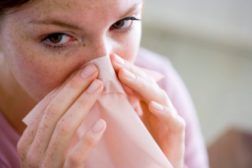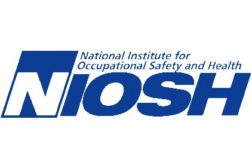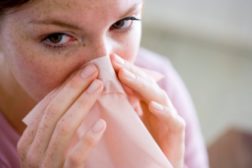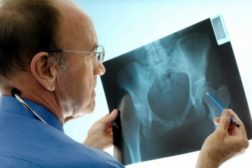Workplace Health
Former nuke workers get medical benefits
Act covers workers with cancer, beryllium disease, silicosis
January 16, 2012
Farmers, bricklayers among those at highest osteoarthritis risk
New study ids occupational, gender differences
January 14, 2012
Never miss the latest news and trends driving the safety industry
eNewsletter | Website | eMagazine
JOIN TODAYCopyright ©2024. All Rights Reserved BNP Media.
Design, CMS, Hosting & Web Development :: ePublishing








